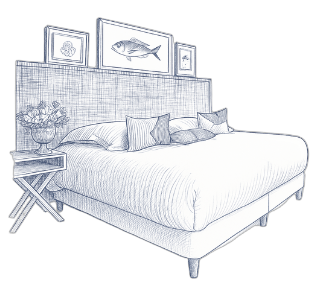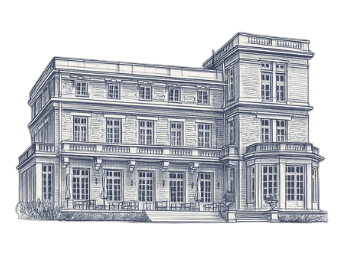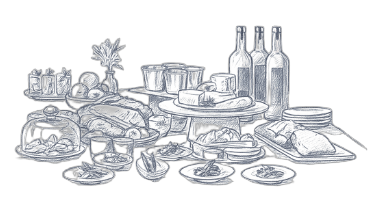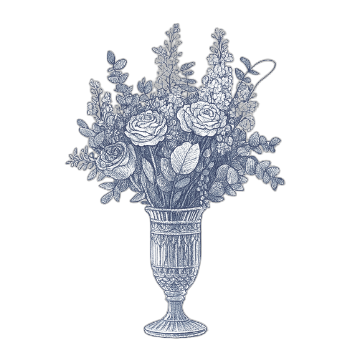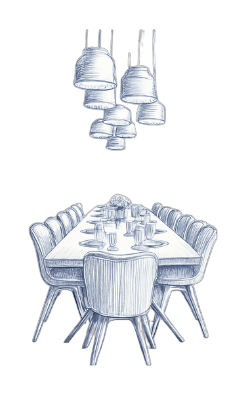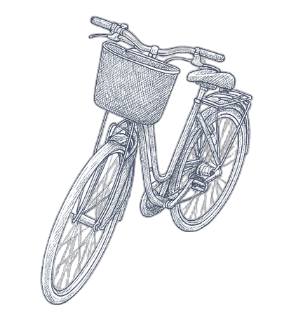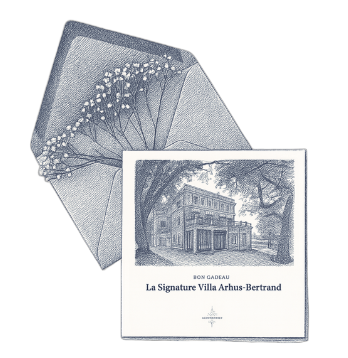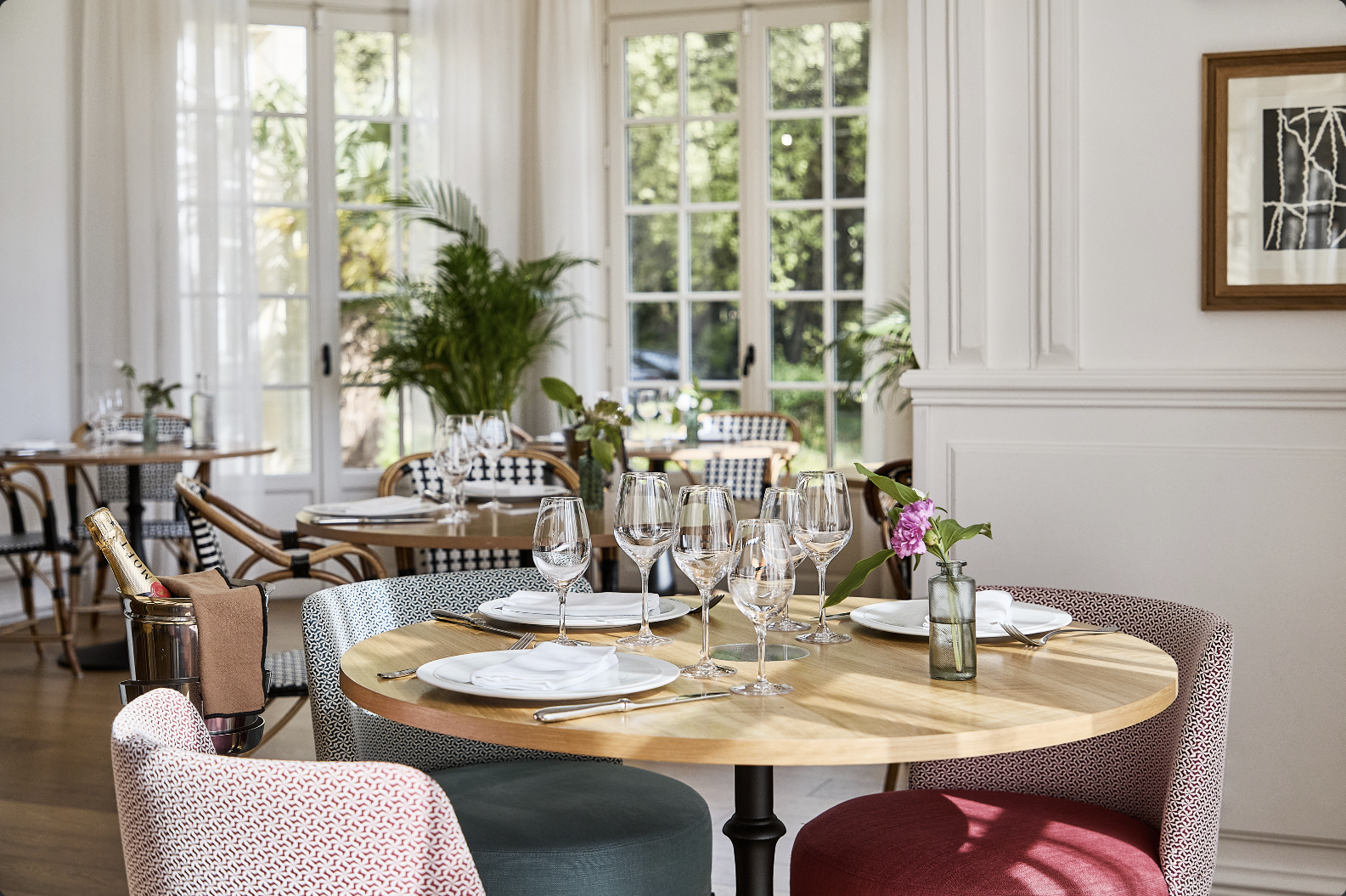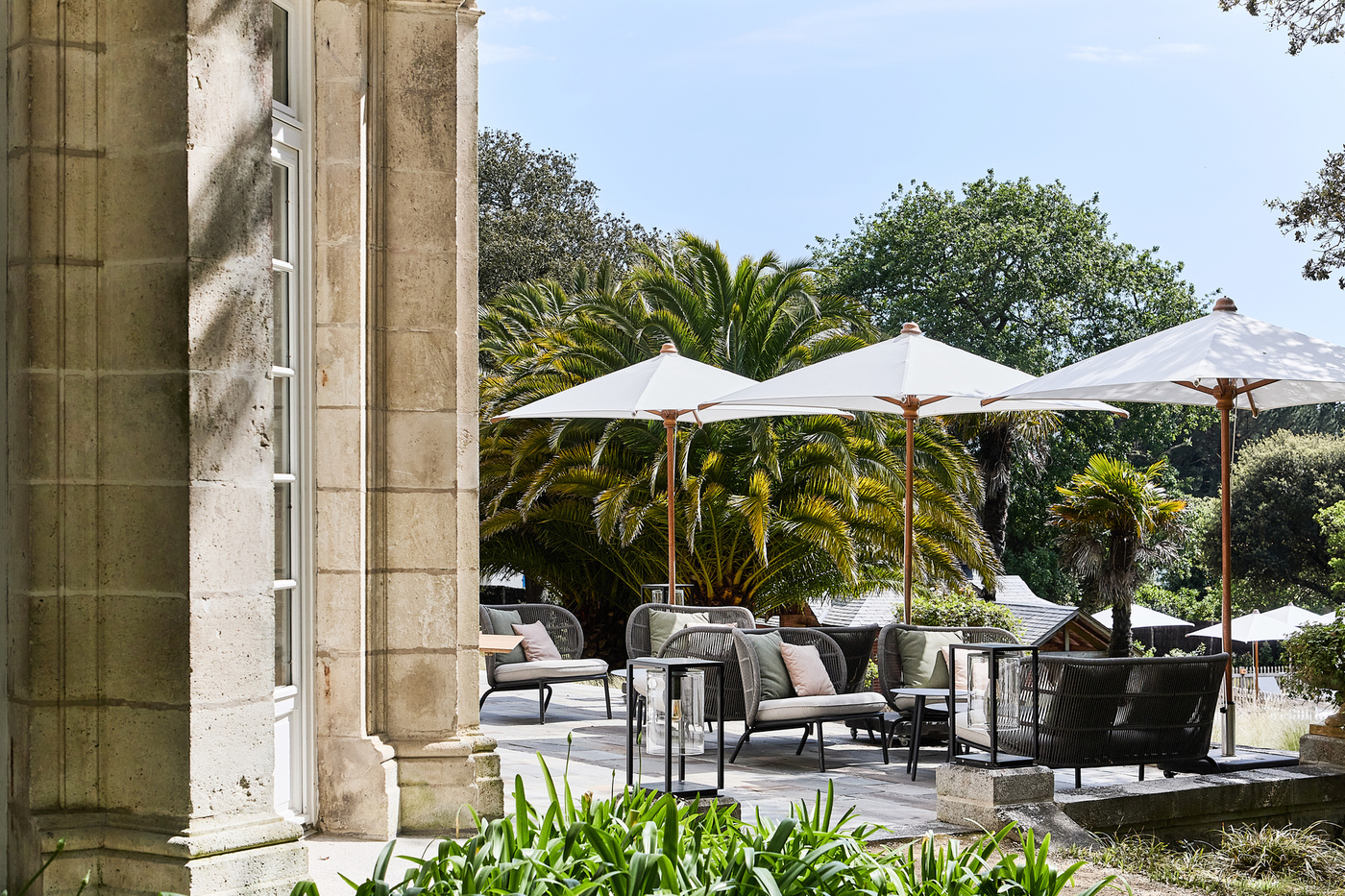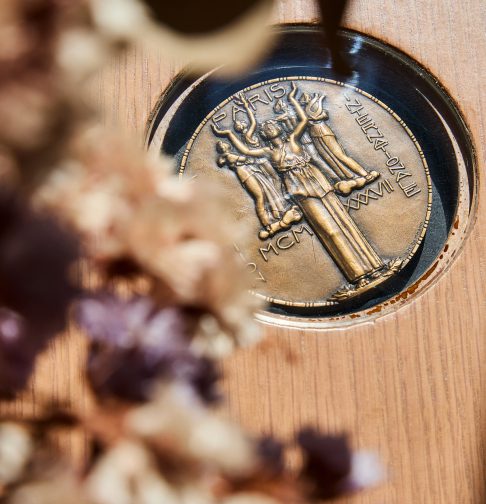
our hotel on the island of Noirmoutier
Once a palm grove, then a château before becoming a boutique hotel, Villa Arthus-Bertrand has stood the test of time, marked by the legacy of passionate, visionary families. Located in the heart of the Bois de la Chaise, it bears witness to a rich past and an unwavering passion for the Île de Noirmoutier.
At the beginning of the XXᵉ century, a Victorian-inspired residence was born, designed with avant-garde comfort and remarkable attention to detail. Its majestic grounds, adorned with palm trees from Morocco, shape a unique setting where elegance and nature meet.
After several decades, the château was put to various uses before being converted into a hotel in the 1990s. The Arthus-Bertrand family has taken over this historic site, bringing it back to life in keeping with its original spirit and heritage.
Today, Villa Arthus-Bertrand is much more than a hotel on the island of Noirmoutier: it's a place where every stone tells a story, an invitation to continue a tradition of excellence and sharing.
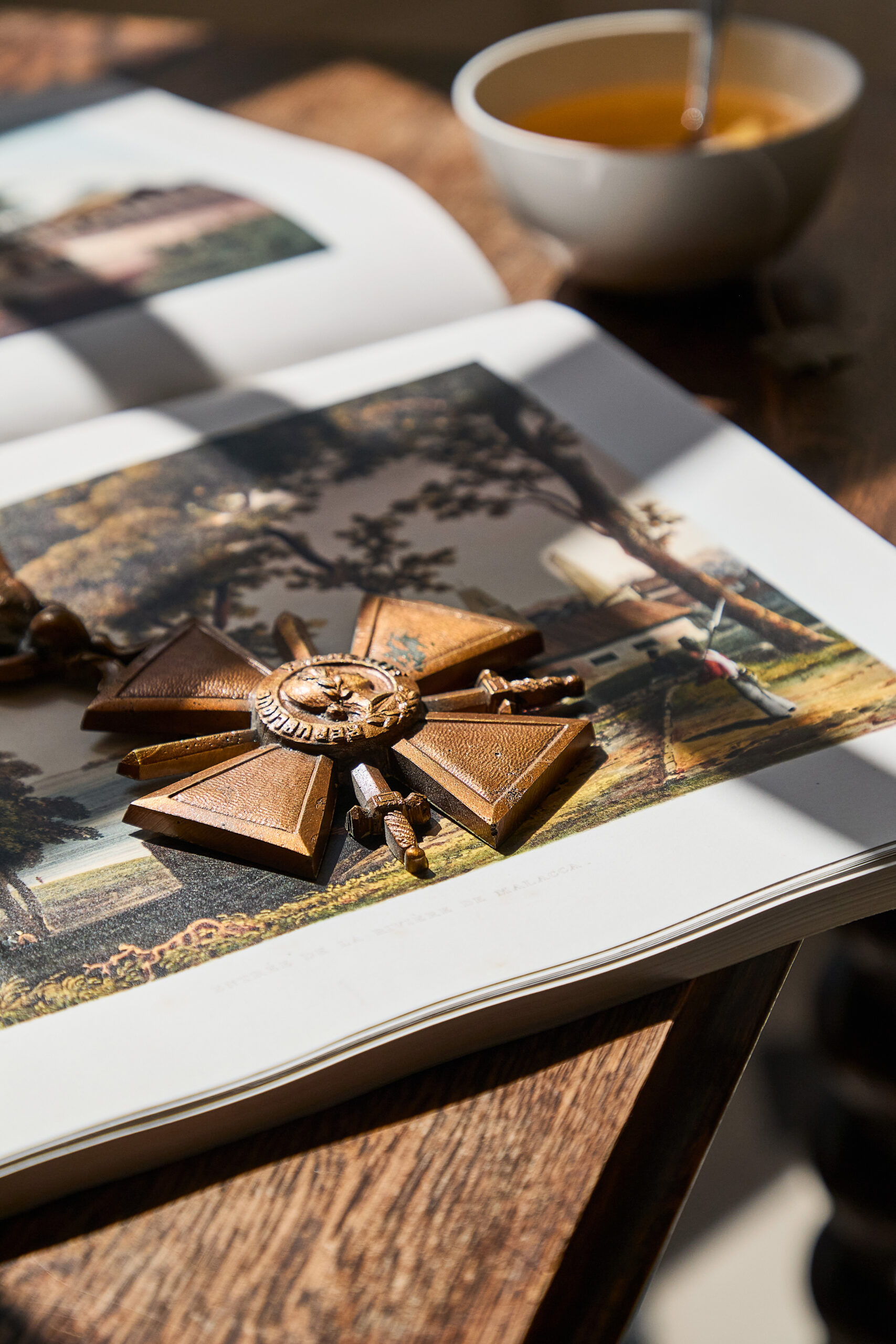

THE ART OF LIVING AT VILLA ARTHUS-BERTRAND
At Villa Arthus-Bertrand, every moment is an invitation to well-being and discovery. Whether you're looking for a relaxing interlude, an exploration of the Île de Noirmoutier or some special attention, our services are designed to make your stay as pleasant as it is unforgettable.
- The swimming pool
- The bike
- Concierge services
- The store
OFFER AN EXPERIENCE
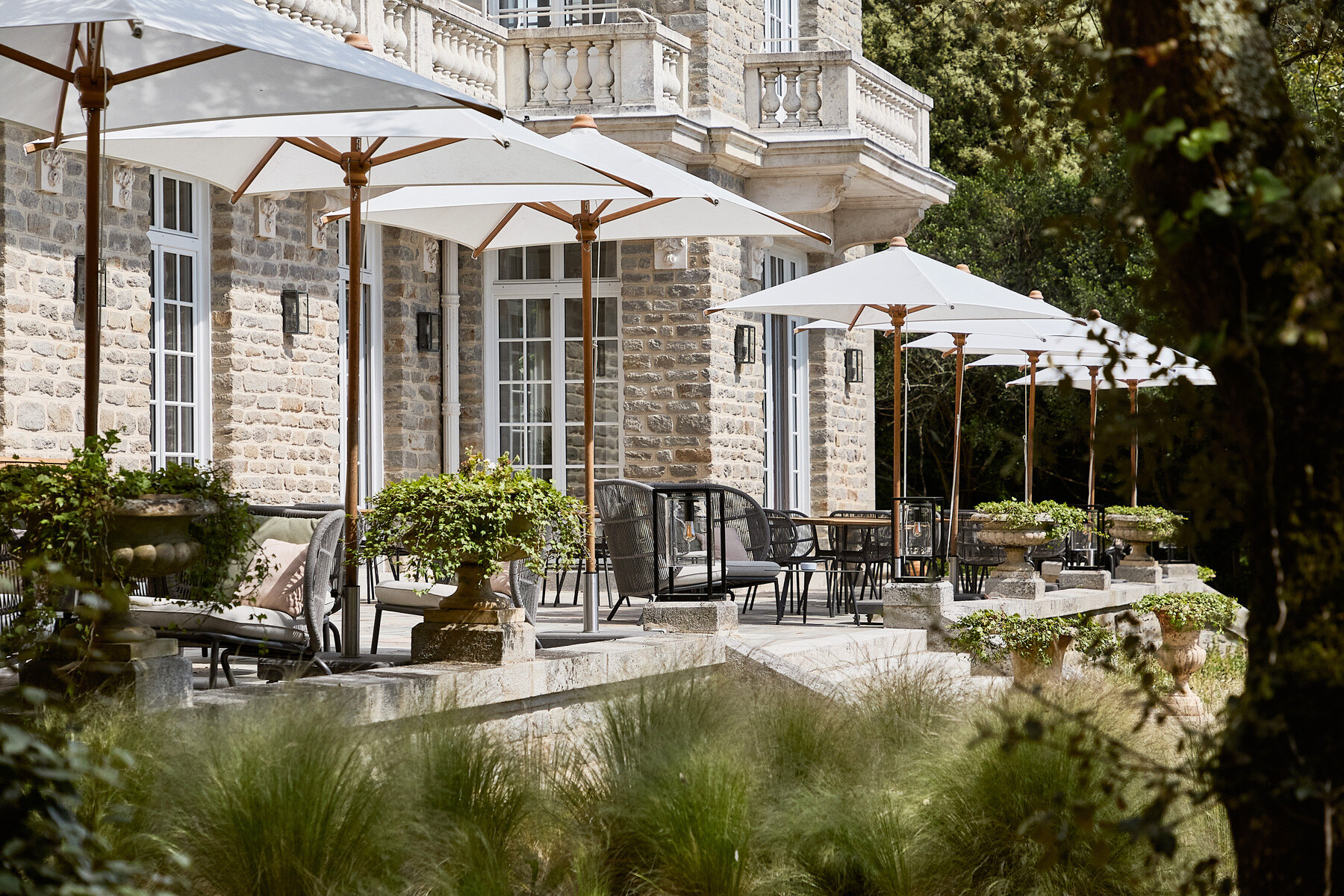


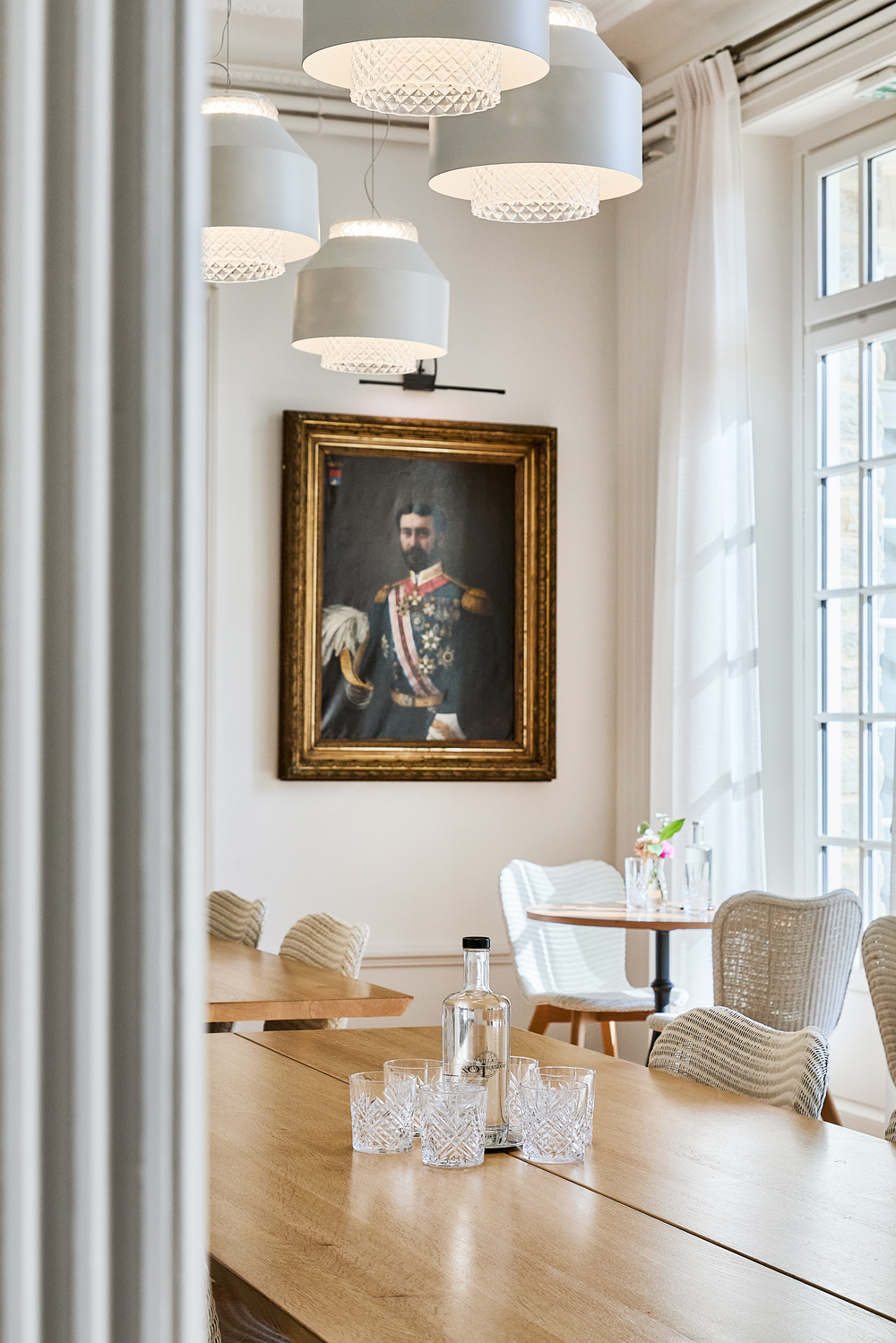
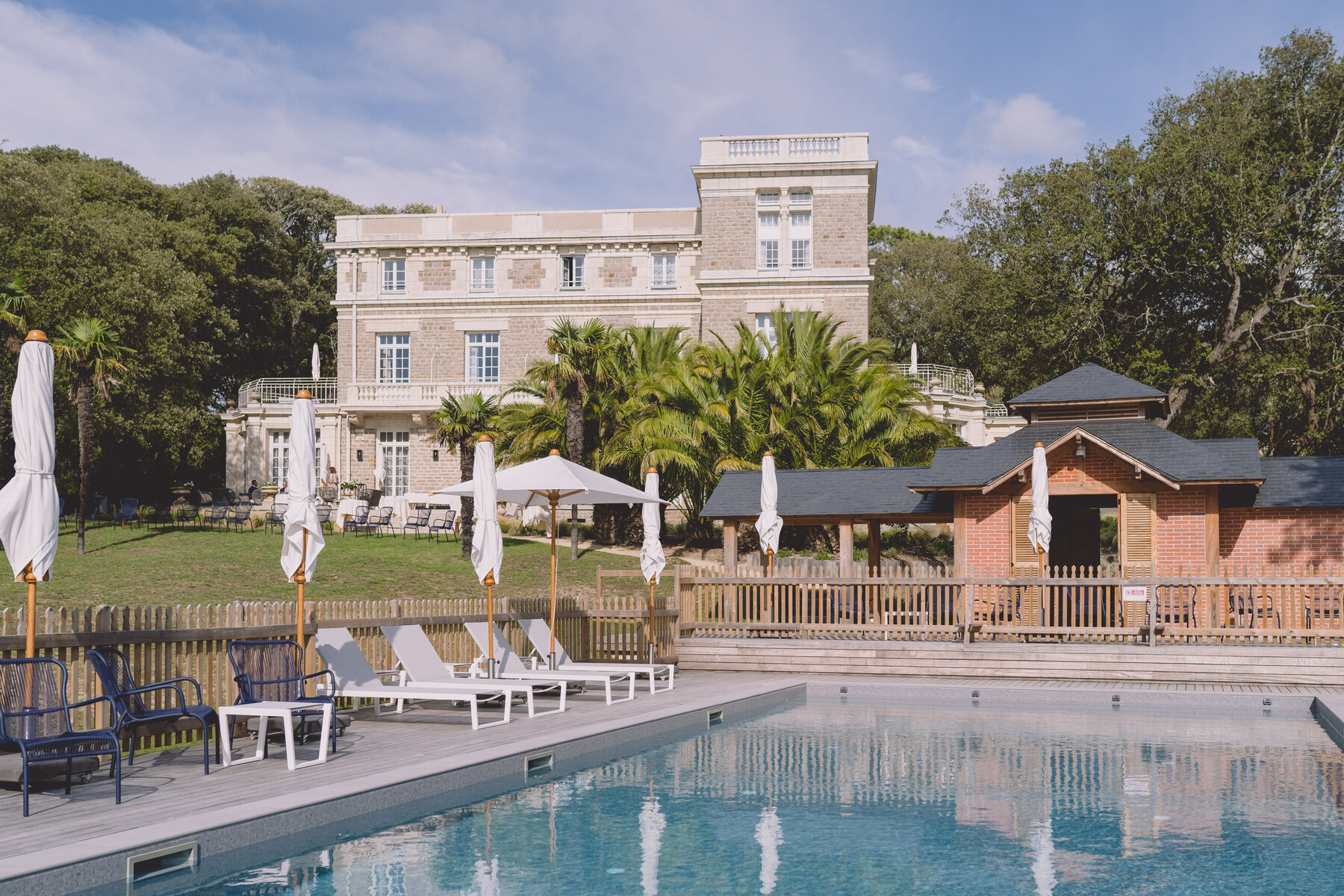
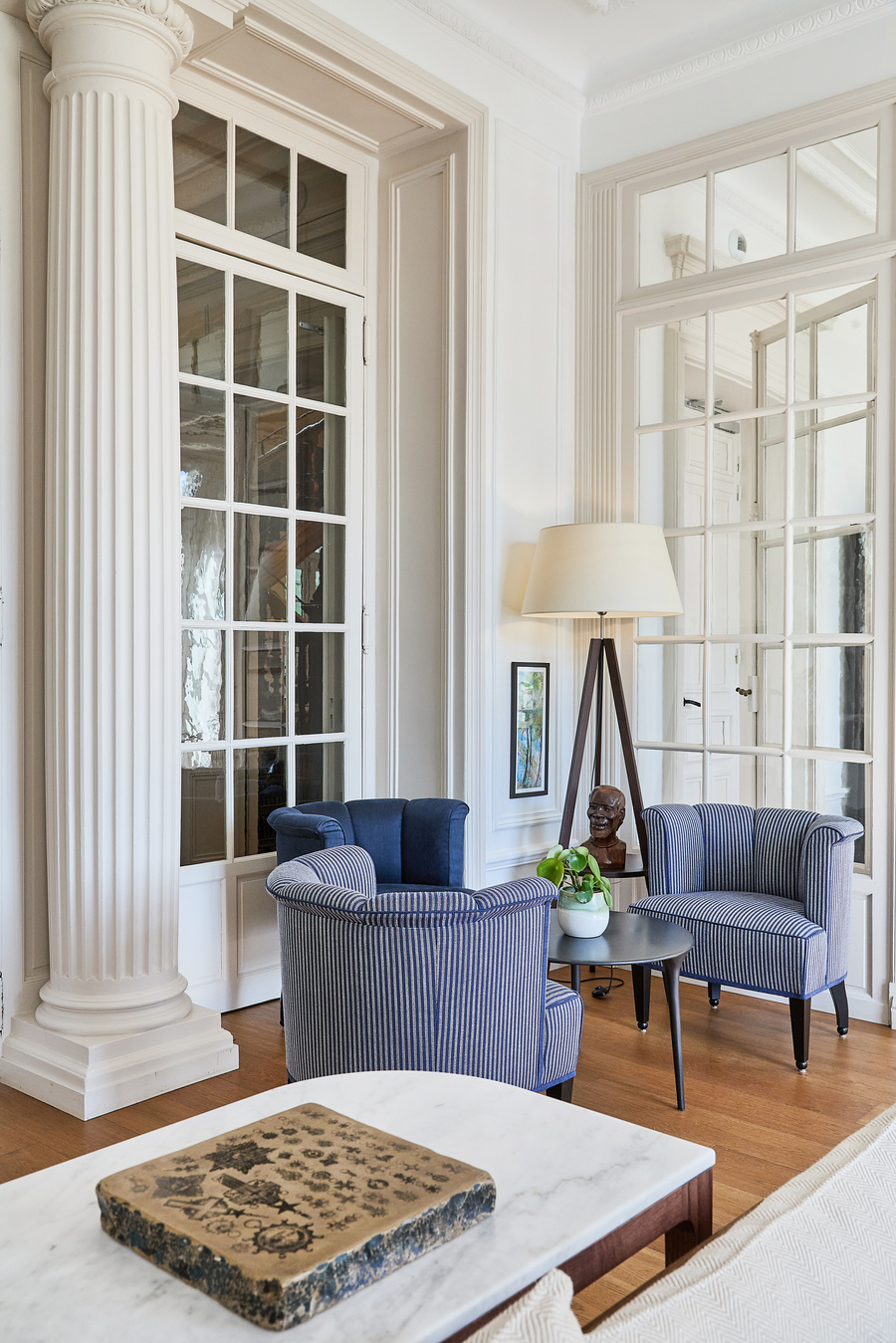
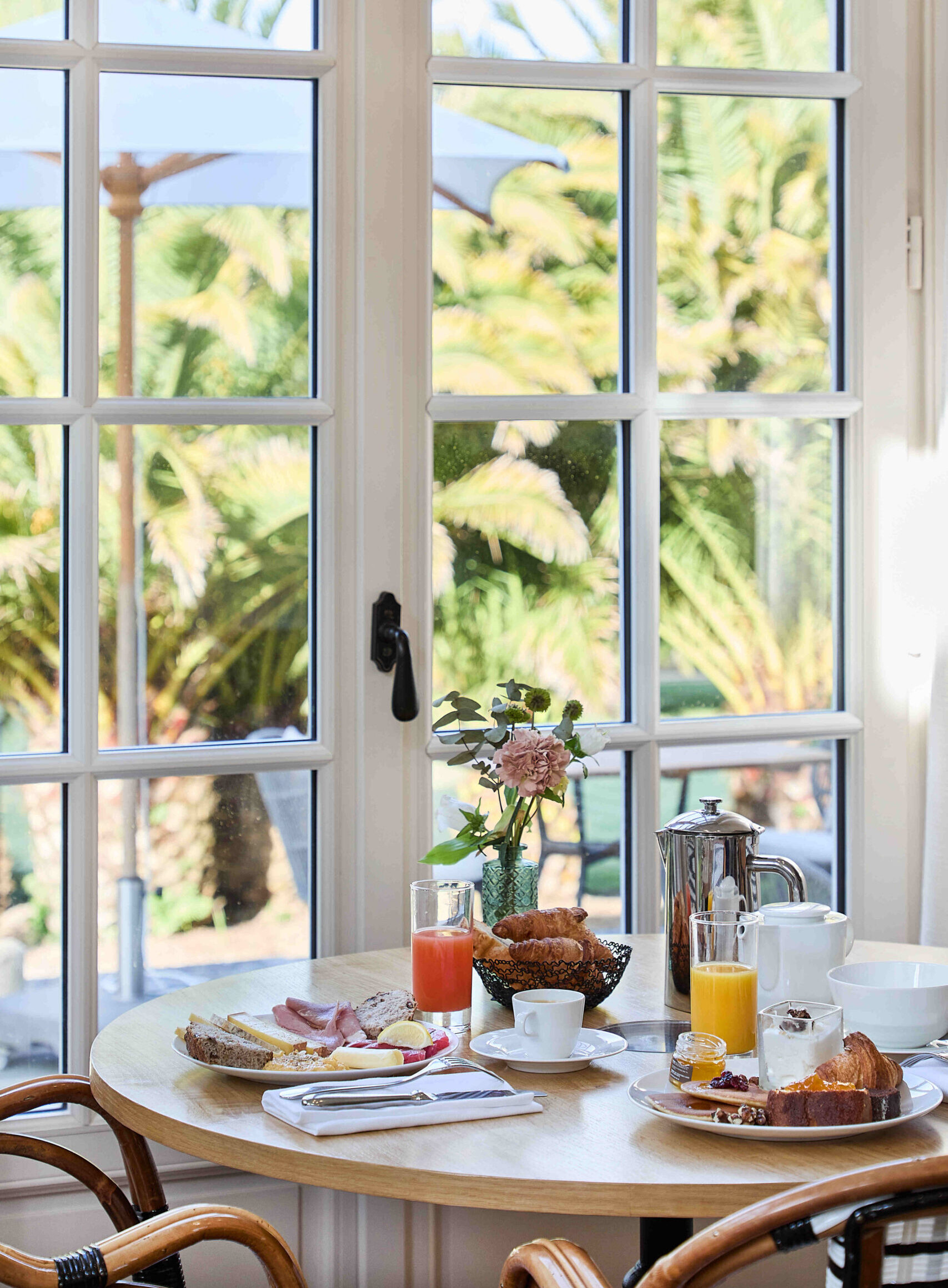
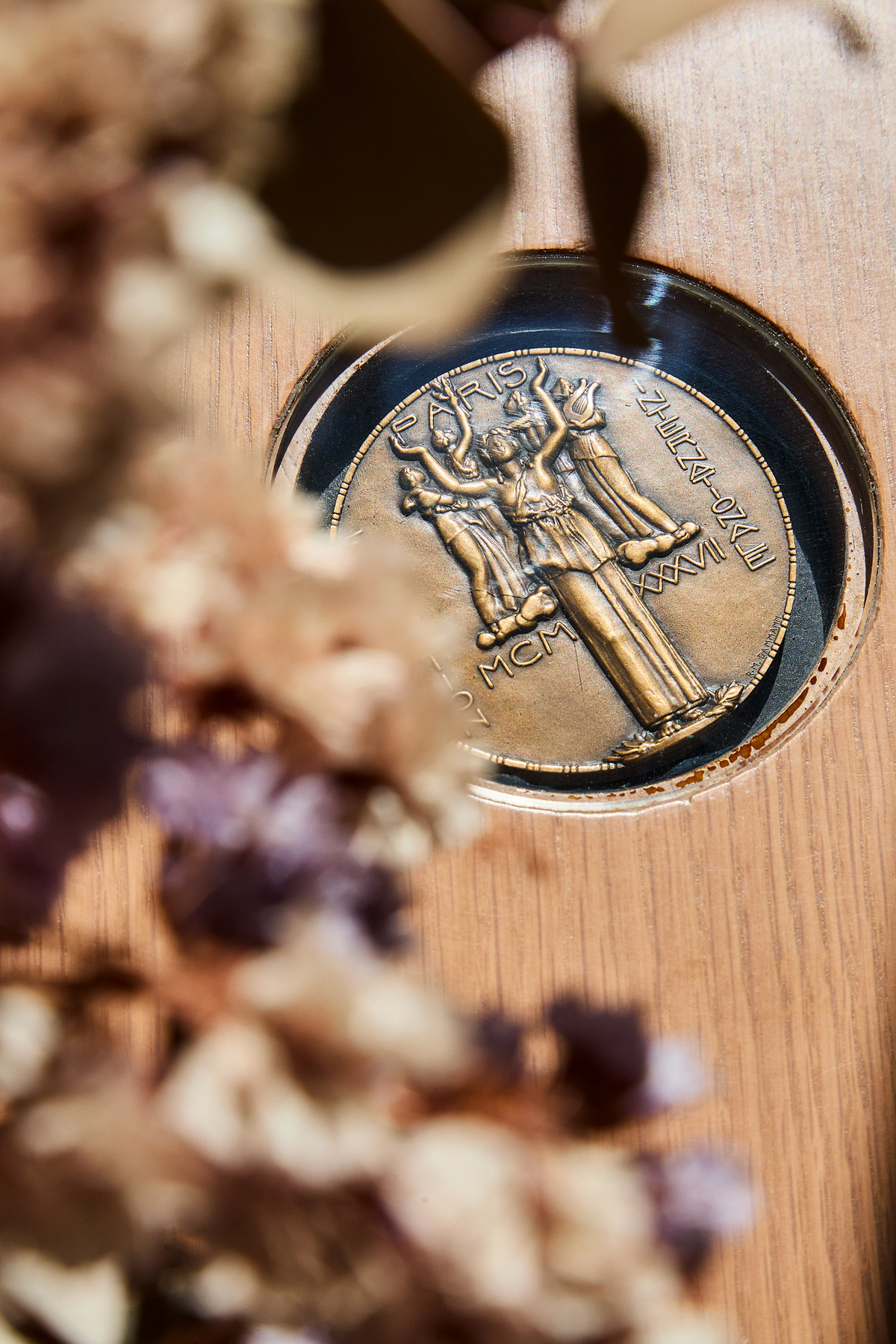
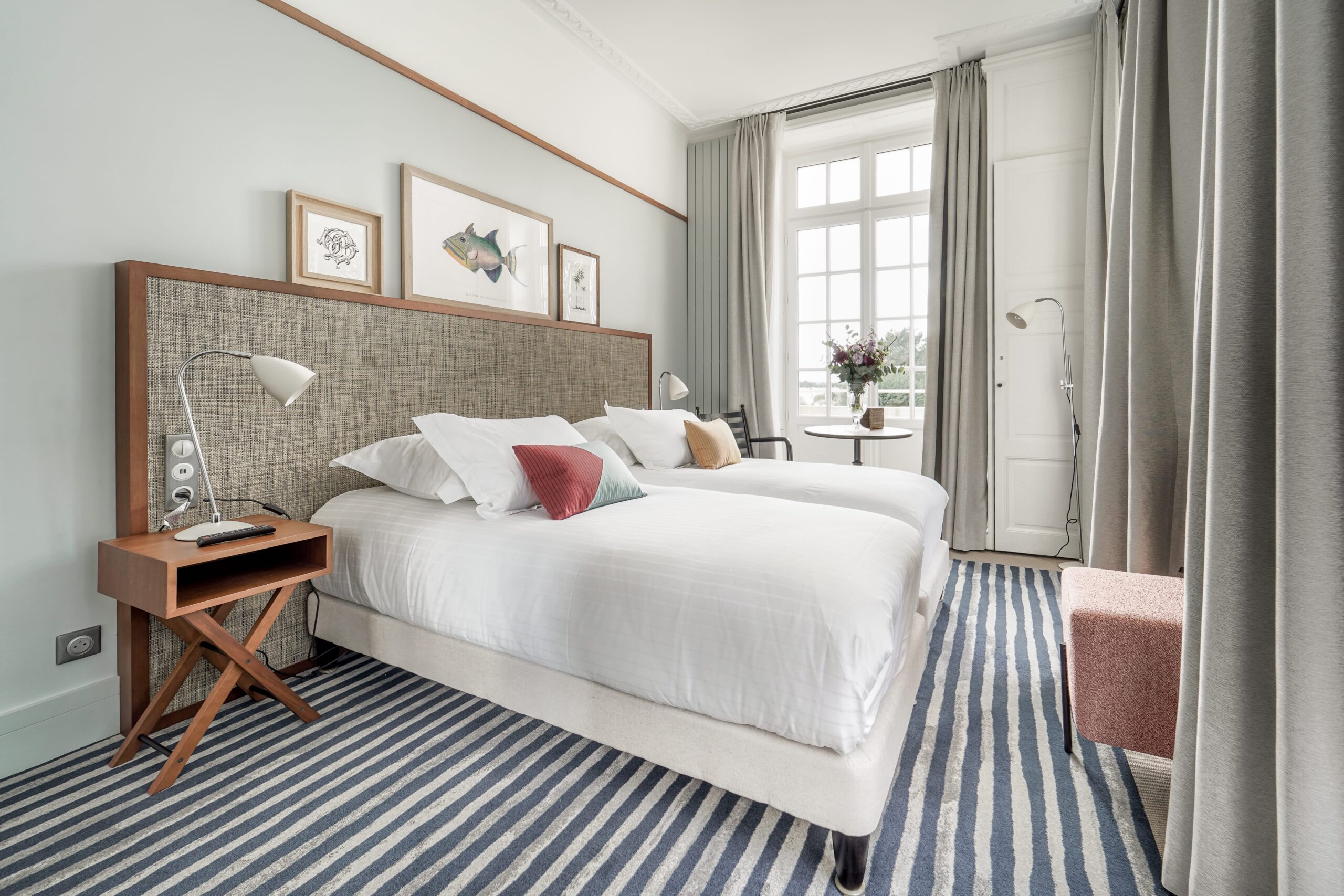
Stay
